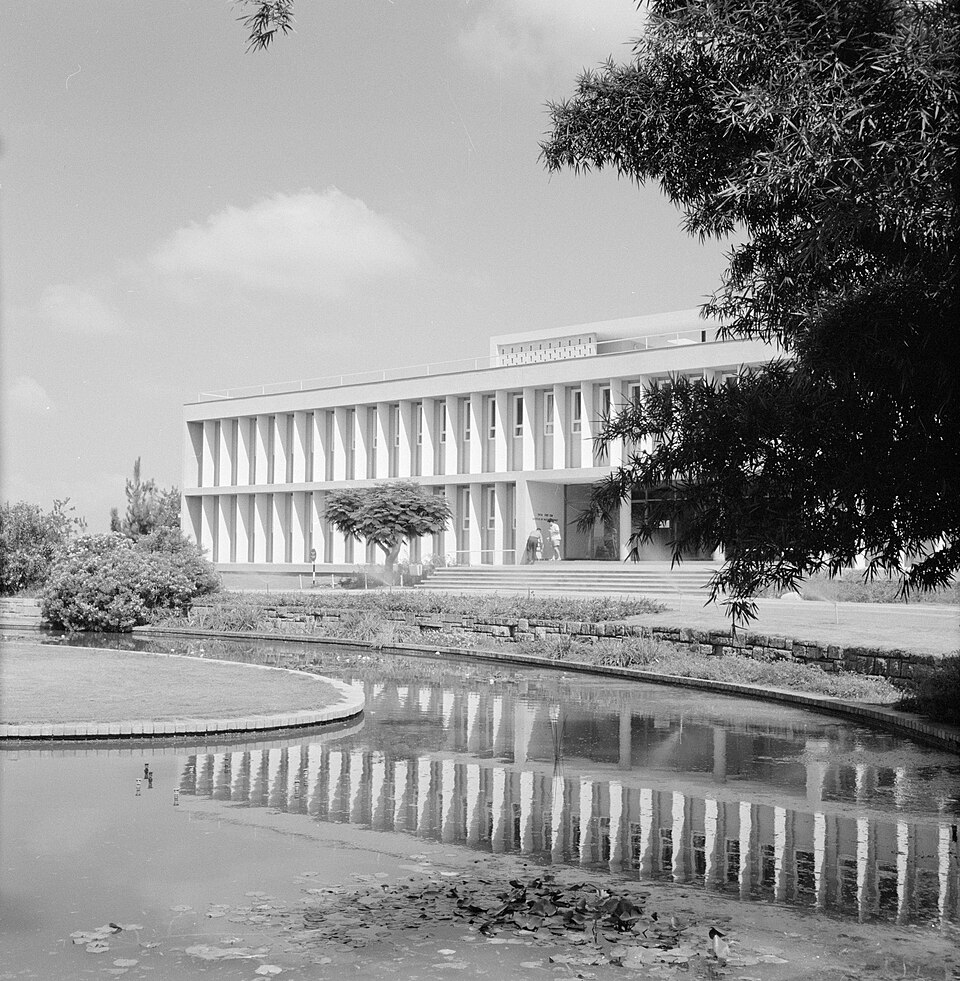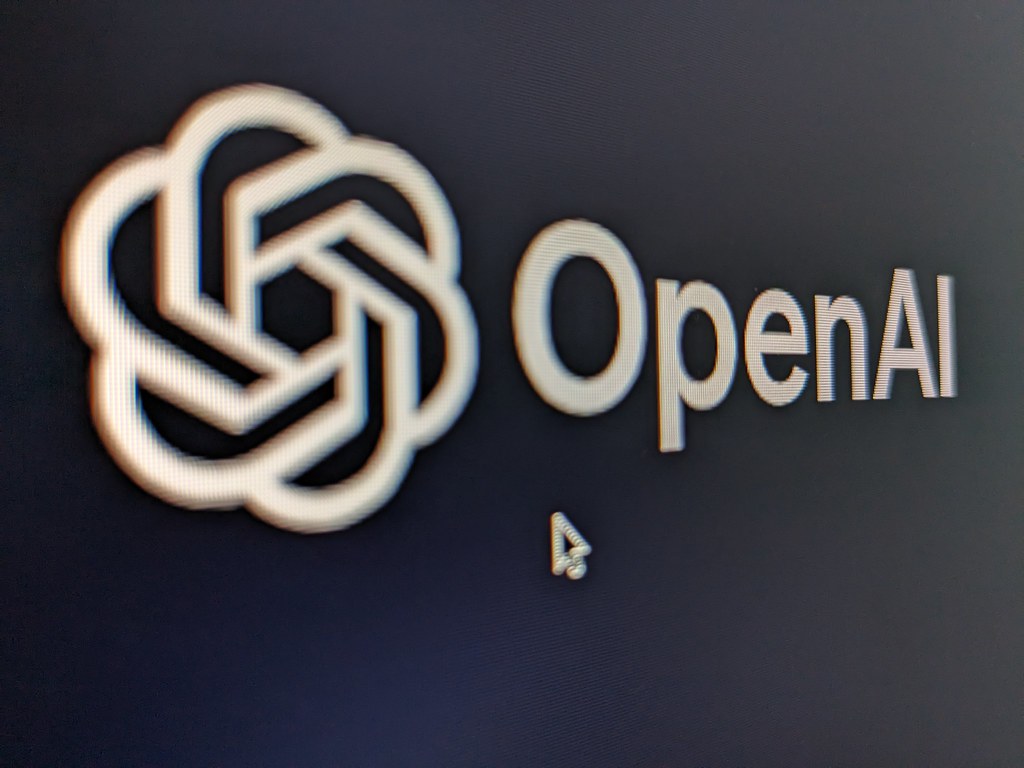The resilience of that one-minute exchange says less about Pentagon theater than about a human itch to map what is knowable. Vaccine planners, supply-chain modelers, and cybersecurity auditors all borrow the language because it offers a concise grammar for doubt. Understanding why a wartime press briefing still guides billion-dollar bets requires stepping back to intellectual traditions that begin in Athens, detour through Cold-War engineering culture, and culminate in the analytics software now open on many desktops.
Earlier intellectual roots
Philosophers have long worried about ignorance as much as truth. In Plato’s Apology, Socrates claims that his only wisdom lies in knowing he does not know, a line preserved in the authoritative Loeb Classical Library edition. The confession turned intellectual humility into a civic virtue, reminding Athenian jurors that confident blunders can prove costlier than admitted gaps.
Medieval Islamic writers circulated a four-part proverb that sketches a similar ladder of awareness, though scholars still debate its precise origin. The verse sorts people into those who know, those who know they do not know, those who do not know but think they know, and those who neither know nor suspect their ignorance—an outline that prefigures Rumsfeld’s taxonomy even if no documented chain connects the sayings.
By the late 20th century, aerospace engineers at NASA and defense contractors spoke of “unk-unks,” shorthand for requirements so unforeseen that teams could not scope, price, or test for them. Budget managers nonetheless built schedule slack and contingency funds to cushion the shock. That pragmatic habit later migrated to management consulting slide decks, where executives learned to treat unknown unknowns as a legitimate budget line rather than an embarrassment.
When Rumsfeld entered George W. Bush’s cabinet in 2001, the engineering term had already surfaced in procurement manuals and risk-assessment workshops. The secretary did not mint a novel concept; he placed a ready-made intellectual tool on prime-time television.
A Pentagon soundbite that grew legs
“Reports that say something hasn’t happened are always interesting to me, because as we know, there are known knowns… we also know there are known unknowns… but there are also unknown unknowns.”
The prompt came from a reporter asking whether the Pentagon possessed evidence of cooperation between Saddam Hussein and terrorists. According to the archived transcript at USINFO, Rumsfeld pivoted from intelligence specifics to the structure of incomplete evidence, arguing that an absence of proof does not equal proof of absence.Cable news and late-night comedy replayed the clip as verbal contortion. Britain’s Plain English Campaign cemented the ridicule with its 2003 Foot in Mouth prize, a moment chronicled by Wired. Yet military planners and project managers heard a familiar discipline: label what you know, flag what you do not, and keep an eye on the blind corner.
Strategists quickly noted that the briefing left out a fourth category, sometimes called the “unknown known”—information lodged somewhere inside an organization but never surfaced for decision-makers. Sociologist Diane Vaughan’s work on NASA challenger failures and more recent cybersecurity forensics both show how buried knowledge can rival true surprises in destructive power.
What began as a soundbite therefore became a four-box matrix, easy to remember yet difficult to exhaust, a map of ignorance as much as insight.
Charting the four quadrants
Consultants soon plotted Rumsfeld’s idea on a two-by-two grid that divides facts by whether leaders recognize them. Known knowns sit in the safest quadrant: variables such as posted fuel prices or ratified treaties already built into forecasts. Known unknowns follow; teams can name the question—say, how quickly Congress will vote on a spending bill—even if they cannot yet supply an answer.
Unknown unknowns occupy the quadrant that keeps executives awake. These are hazards no one imagines until they emerge, like a novel pathogen or an unprecedented zero-day exploit. Because frequency data are unavailable, planners rely on redundancy, diversity, and stress testing instead of probability curves.
The last quadrant, unknown knowns, highlights a subtler risk: information exists somewhere inside the system but never reaches the table where choices are made. Misfiled breach logs or unshared field reports illustrate how organizational culture, not data scarcity, can manufacture ignorance.
The matrix does not solve radical uncertainty, but it forces teams to tag assumptions and to ask whether a blind spot stems from the world’s complexity or from their own communication silos.
From war rooms to boardrooms
Project-risk scholars moved first to operationalize the vocabulary. A 2012 conference paper hosted by the Project Management Institute advises teams to reserve explicit contingency funds for unk-unks rather than hide them inside optimistic buffers. The authors argue that naming the category improves budget realism and protects managers from wishful accounting.
Strategy consultants reached a similar conclusion from another angle. McKinsey’s 2000 essay “Strategy Under Uncertainty,” available through McKinsey Quarterly, outlines four levels of market opacity and recommends scenario planning when probabilistic forecasts collapse. Although published two years before Rumsfeld’s briefing, the article shows that business thought leaders were converging on comparable frameworks.
National-security analysts have likewise expanded Red-Team exercises—independent groups that probe flaws in dominant assumptions—precisely because residual risks rarely announce themselves in neat charts. The post-9/11 intelligence community formalized this practice to prevent groupthink and to surface unknown knowns before adversaries do.
Scientists embrace uncertainty in a different register. Mathematician Marcus du Sautoy catalogs open problems, from the Riemann hypothesis to consciousness research, in his 2016 book What We Cannot Know, arguing that delineating ignorance is a prerequisite to discovery.
Digital culture now crowdsources puzzles once confined to seminar rooms. A project profiled by Slate compiles unsolved questions in physics, linguistics, and medicine, converting unknowns into a to-do list that anyone can annotate.
Across domains, the lesson is procedural rather than technological: surface assumptions, classify ignorance, and assign resources before surprise strikes.
Where the model falls short
Critics argue that the four-box diagram can lull decision-makers into thinking every risk fits a tidy category. Philosopher Humphrey Riesch, writing in a 2014 paper archived by Brunel University, calls for embracing deeper uncertainty that cannot be domesticated by matrices. He warns that planners often underestimate systemic crises precisely because they rely on templates borrowed from narrower domains.
Ethicists add a moral caution. Because unknown unknowns can involve worst-case scenarios, policymakers might invoke them to justify dramatic action on thin evidence—a charge leveled against the 2003 invasion of Iraq when disputed intelligence met expansive threat framing.
Statisticians note a technical gap as well. Events with no observed frequency resist standard risk models; assigning fat-tailed distributions may look sophisticated while still masking ignorance. Post-2008 financial-risk literature highlights how comfort with numerical outputs can obscure model fragility.
Finally, sociologists remind us that unknown knowns arise from culture, not data scarcity. If incentives punish whistleblowers or reward speed over accuracy, information will stay hidden no matter how sleek the dashboard.
A lens for today’s high-stakes unknowns
Pandemic planning offered a recent stress test. Early 2020 models treated viral mutation as a known unknown, yet the appearance of the Omicron variant showed how quickly an unknown unknown can rewrite hospitalization curves. Health agencies that had stockpiled broad-spectrum response options adapted faster than those betting on a single trajectory.
Artificial-intelligence safety debates echo the same taxonomy. Researchers can describe alignment failures in current systems, but emergent behaviors in more complex models remain hypothetical until deployment. The unknown unknown in large-scale machine learning is not merely error rate; it is the possibility that objectives transform beyond the training distribution.
Climate policy circles speak of tipping points such as ice-sheet collapse or methane feedback loops. Because timing and magnitude remain contested, scholars at the RAND Decision-Making Under Deep Uncertainty center advise governments to compare multiple models rather than anchor on a single forecast.
Legal theorist Cass Sunstein extends the caution to regulation. In a 2025 article for Cambridge, he argues that Knightian uncertainty—situations where probabilities defy specification—should steer agencies toward robustness rather than precision when drafting safeguards.
Even personal choices, from retirement saving to password hygiene, benefit from a quick audit: which risks are genuinely unforeseeable, and which simply remain unresearched? The categories push individuals, not just institutions, to separate darkness from dim light.
Humility as the final takeaway
Rumsfeld did not invent epistemic humility, yet he gave it a sticky soundbite that outlived the policy debate that spawned it. His triad distilled centuries of philosophy into plain, if slightly tangled, English: plan with the facts you have, admit the gaps you can name, and respect the shadow zone beyond both.
Viewed from 2025, the enduring value of the framework lies in forcing leaders to mark the edge of the map. In an era when interactive dashboards tempt us to treat the world as fully charted, real discipline begins where the data run out and judgment must carry the load.
- DoD News Briefing, Secretary Donald H. Rumsfeld (transcript), 12 Feb 2002.
- "Say Wha-at?" Wired, 01 Dec 2003.
- Washington Post – “Rumsfeld’s certain but slippery way with knows and unknowns,” 01 Jul 2021.
- Courtney, Hugh et al. “Strategy Under Uncertainty,” McKinsey Quarterly, 01 Jun 2000.
- Williams, Terry & Samset, Knut. “Characterizing Unknown Unknowns,” PMI Research Conference Paper, 22 Oct 2012.
- Plato. Apology 22d, trans. Harold N. Fowler, Loeb Classical Library, Harvard University Press, 1966.
- du Sautoy, Marcus. What We Cannot Know. HarperCollins, 2016.
- Slate – “Wikipedia of the Unknown,” 06 Apr 2025.
- Riesch, Humphrey. "Don't know, can't know: Embracing deeper uncertainties when analysing risks," 11 Feb 2014.
- RAND – “Decision Making Under Deep Uncertainty,” accessed 06 Nov 2025.
- Sunstein, Cass R. “Knightian Uncertainty in the Regulatory Context,” Cambridge (Behavioural Public Policy), published online 2024.




